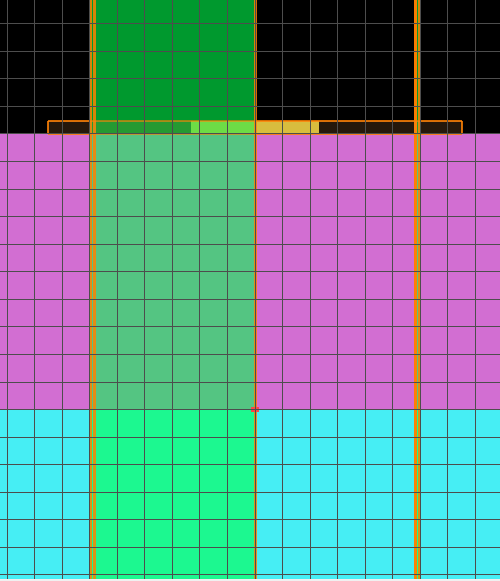TAGGED: 2d-simulation, gain, metasurface
-
-
December 12, 2024 at 3:48 pm
javi_pi
SubscriberHello,
I'd like to share with you an issue regarding the convergence of my simulations. I'm trying to reproduce some partial results from a previous work in which the authors propose the following syste: a gain layer under a metallic grating. The permittivity of the gain medium is modelled follwing the KB recomendations as a linear gain medium with the permittivity's imaginary part negative. When I simulate the response of the layer in absence of the metallic grating, that is, the layer inmersed in an homogeneous medium with constant refractive index, it converges really fast. However, it diverges when the grating is activated. I think that the problem may be related to the angle of incidence of the modes generated by the grating. However, I have tried to work on the PML conditions to short it out (I tried steep agle PML with an increased kappa) but unfortunatelly It didn't work. The simulation is 2D, with periodicity (double antisymmetric boundaries along the x-axis) and illuminated by a plane wave at normal incidence. I attach a screenshot with the system (gain medium=purple region) and the permittivity used (the fitting in the picture is wrong because I actually perform the simulation by sweeping over wavelength).

Does anyone have any idea what the problem might actually be and how to solve it?
Thank you in advance for the help! -
December 13, 2024 at 8:54 pm
Ethan Keeler
Ansys EmployeeHi Javi,
I'm wondering if you've taken a look at the dt stability factor? Usually this is fine as the default maximum value, but we give this information about the setting:
"The theoretical maximum time step is calculated from the simulation mesh size based on the Courant stability criterion. By default, Lumerical software uses a time step that is 0.99 of the theoretical maximum time step. This theoretical maximum is calculated assuming propagation of light in a homogeneous vacuum. Once physical structures and interfaces are included in the simulation, particularly when dispersive materials are involved, a smaller time step is sometimes required."
As a simpler test, you may also want to consider using a finer mesh to capture what's happening at the boundary between the grating and gain material. We have a helpful troubleshooting guide for divergence if you haven't already seen it: Troubleshooting diverging simulations in FDTD – Ansys Optics.
Thanks,
Ethan
-
- You must be logged in to reply to this topic.



-
3477
-
1057
-
1051
-
945
-
912

© 2025 Copyright ANSYS, Inc. All rights reserved.







